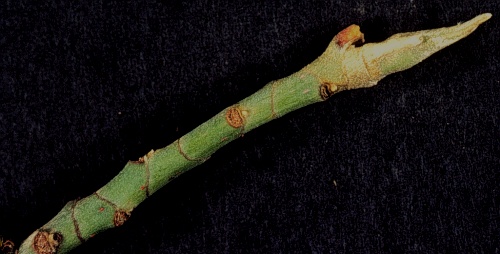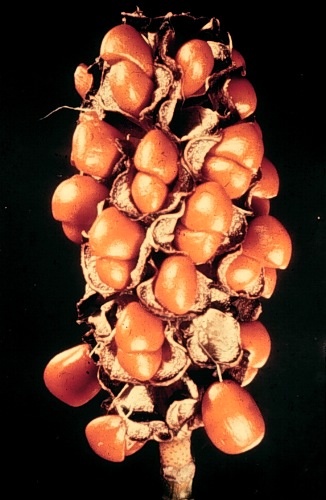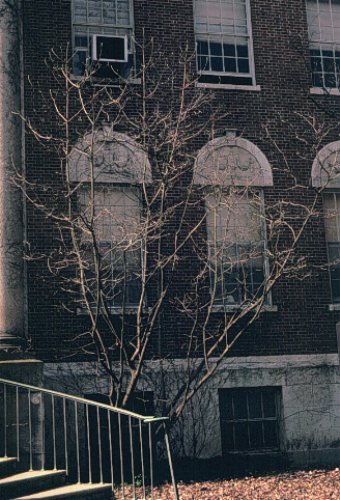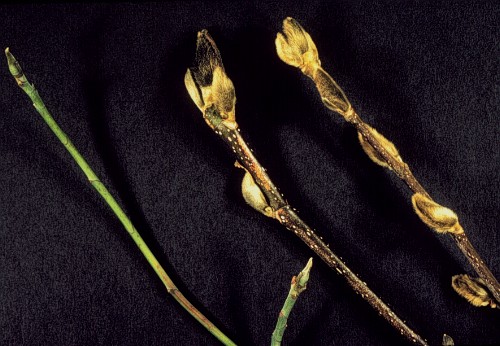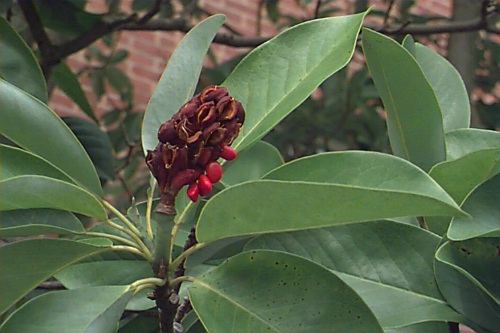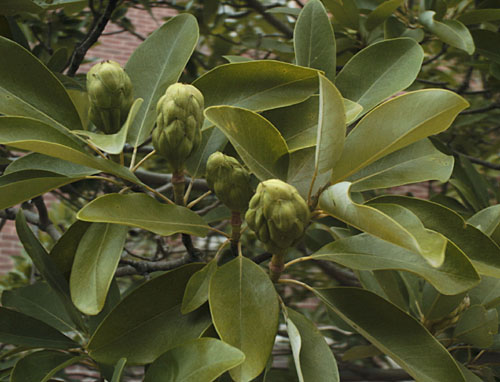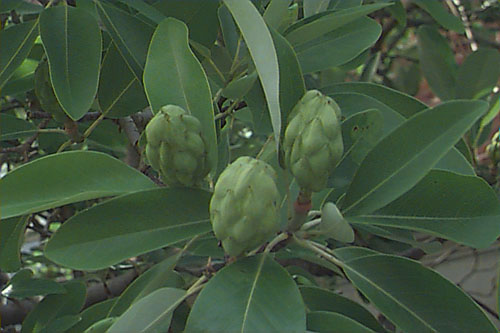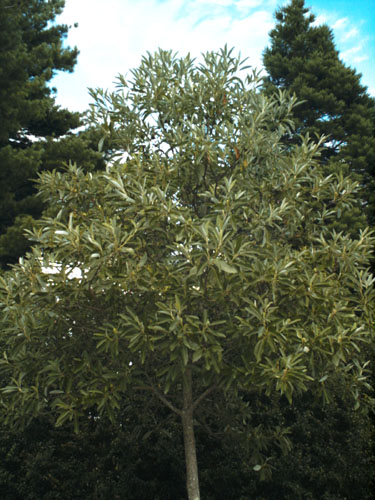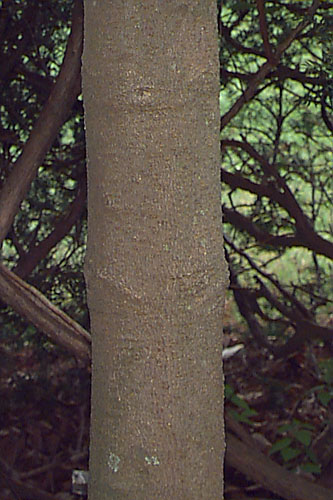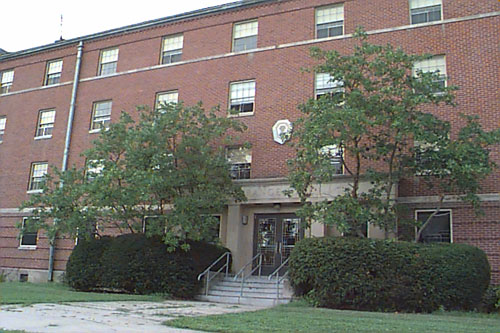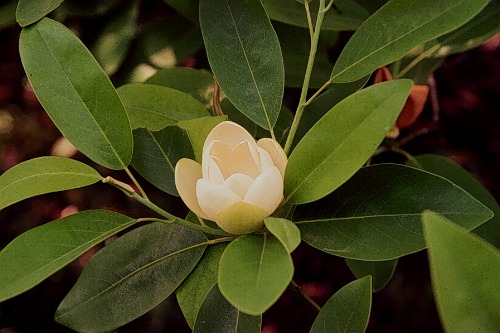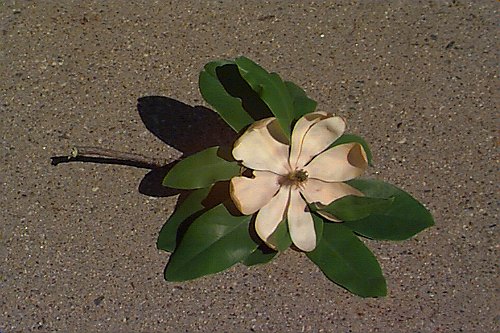Magnolia virginiana
Sweetbay Magnolia, Swamp Magnolia
Magnoliaceae
ExpandHabitat
- native to eastern United States; more common in southeast
- hardy to zone 5
- often found in swampy locations
Habit and Form
- a semi-evergreen small tree
- 10' to 30' tall in the northeast
- 40' to 60' tall in the southeast
- multi-stemmed, loose and open
- rounded to pyramidal or irregular outline
- upright, spreading branching
Summer Foliage
- leaves are evergreen in the southeastern United States
- leaves are semi-evergreen to deciduous in the northeastern United States (zone 5 and 6)
- leaves are 5" long; alternate arrangement
- smooth, almost wary, bright green upper surface
- undersides of leaves are white and look frosted
- young twigs are green and smooth
Autumn Foliage
- typically not showy
- a mix of yellow, brown and green
- non-uniform color due to semi-evergreen nature
Flowers
- blooms in mid-June; sporadically during the summer
- 2" to 3" diameter creamy white flowers
- 9 to 12 petals
- lemon-scented
- generally not strongly showy in bloom because the foliage hides many blossoms and flowers are not very abundant
Fruit
- 2' long aggregate fruit
- changes from green to red when mature
- orang-red seeds are visible through slits in mature fruits
Bark
- smooth, dark gray on older branches and trunk
- young branches smooth and green
Culture
- tolerant of wet soils
- soil must be acidic
- full sun is best, but tolerant of partial shade
- avoid sites that are cold and windswept in winter
Landscape Use
- as a specimen tree or large shrub
- useful for flower fragrance
- patio plant
- naturalistic areas
- wet soils
Liabilities
- chlorosis on high pH soils
- subject to winter injury in zone 5
- does not always perform well in colder parts of its recommended use range
- does not bloom as heavily as other common-magnolias
ID Features
- smooth, green bark or twigs
- silvery-white undersides of leaves
Propagation
- by seed
- by cuttings; can be challenging from adult trees
Cultivars/Varieties
var. australis - Considered to be the southern form of the species, it purportedly grows larger (more tree-like) and remains evergreen in winter, unlike northern forms of the species.
'Henry Hicks' - Perhaps the most common form in commerce, this plant is notable for its handsome foliage that appears to remain evergreen even in cold climates. It grows to 25' tall.
'Milton' (also known as "Milton Clones") and 'Ravenswood' - These are selections from the northernmost natural populations of the species, located in coastal Massachusetts. They should express very good cold-hardiness.
